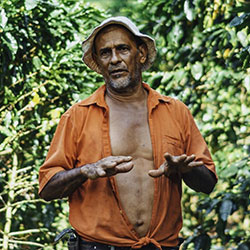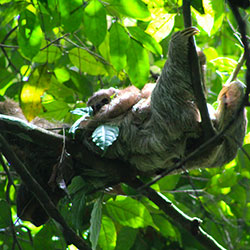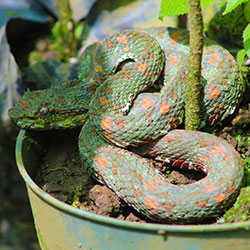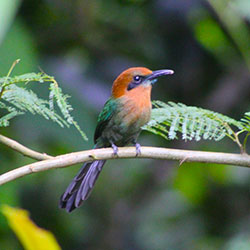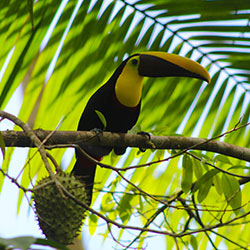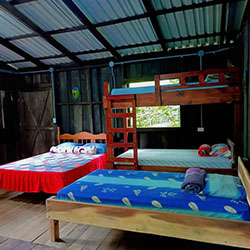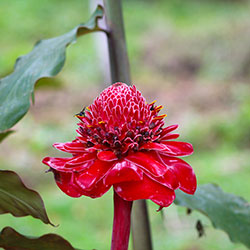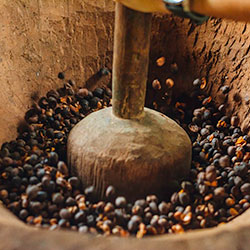Coati
Coati
If you’ve ever explored the tropical and subtropical regions of Costa Rica, you might have encountered a fascinating creature with a long, ringed tail and a perpetually curious nose – the coati.
Coatis, members of the Procyonidae family (which also includes raccoons and kinkajous), are known for their distinctive appearance and social behavior. Their long, flexible noses are ideal for sniffing out food, while their banded tails help them maintain balance as they climb trees and navigate their environment.
These omnivores have a diverse diet that includes insects, fruits, small vertebrates, and even eggs. Their adaptability and resourcefulness allow them to thrive in a variety of habitats, from rainforests to grasslands.
Coatis are highly social animals, typically living in groups of up to 30 individuals. These groups, known as “bands,” consist of females and their offspring, while males tend to be solitary. Within the band, coatis communicate through a variety of vocalizations and body language.
One of the most remarkable aspects of coati behavior is their cooperative foraging. They often work together to flush out prey or access difficult-to-reach food sources. This social dynamic not only enhances their foraging success but also strengthens their bonds within the group.
Despite their adaptability, coatis face threats such as habitat loss and hunting. Conservation efforts are crucial to protect these intelligent and social creatures, ensuring that future generations can continue to marvel at their resourcefulness and charm.
